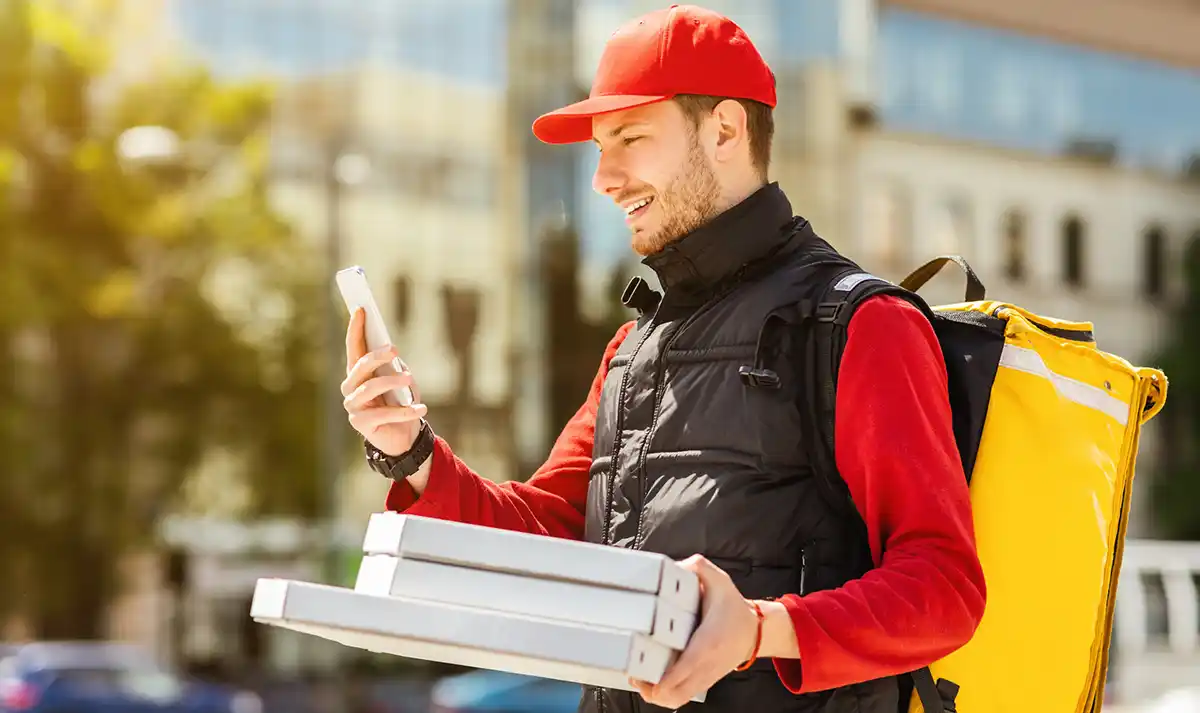The Food Delivery Revolution in the Philippines During the COVID-19 Pandemic

The COVID-19 pandemic brought about unprecedented changes to everyday life, particularly in how people accessed essential goods and services. In the Philippines, this disruption catalyzed a significant shift towards food delivery services, fundamentally altering the landscape of the food and beverage industry. As lockdowns and movement restrictions became the norm, the convenience and safety of food delivery became indispensable, leading to a rapid transformation that continues to shape consumer behavior and business strategies.
The Onset of the Food Delivery Revolution
When the Philippine government implemented strict lockdowns and movement restrictions to curb the spread of COVID-19, dining out became nearly impossible. Restaurants faced the challenge of continuing operations amidst a drastic reduction in foot traffic. In response, many turned to delivery services as a lifeline. This period saw a dramatic increase in the use of platforms like GrabFood and Foodpanda, which quickly adapted to the new demand by expanding their offerings and enhancing their delivery capabilities.
The initial surge in food delivery was driven by the need for contactless transactions. Consumers, wary of venturing outside, found comfort in the ability to have meals delivered directly to their doorstep. This shift in behavior was supported by advancements in technology, making it easier for users to browse menus, place orders, and make payments online. Restaurants that previously had limited delivery services were quick to partner with these platforms, while those already offering delivery ramped up their efforts to meet the growing demand.
Expansion into the Provinces
Initially concentrated in major urban areas like Metro Manila, the reach of food delivery services began to extend into provincial regions. Recognizing the untapped potential outside the capital, platforms such as GrabFood and Foodpanda started to branch out. This expansion was crucial in catering to the needs of a broader demographic, many of whom were experiencing the convenience of food delivery for the first time.
In the provinces, the adoption of food delivery was met with enthusiasm. Local restaurants and eateries, which may have struggled during the pandemic, found a new revenue stream through these platforms. Moreover, this expansion created employment opportunities, as delivery riders became essential workers, ensuring that even remote areas had access to a variety of food options.
The Rise of the Errand Industry
As the pandemic persisted, the concept of delivery services evolved beyond just food. The errand industry emerged, driven by the versatile capabilities of motorcycle riders who began offering services beyond meal deliveries. These riders started to handle a range of tasks, from grocery shopping and picking up prescriptions to delivering parcels and running various errands.
This shift was particularly beneficial for individuals who were unable to leave their homes due to health concerns or lockdown restrictions. Platforms such as Lalamove and Mr. Speedy capitalized on this trend, offering comprehensive delivery solutions that catered to diverse needs. The flexibility and reliability of these services highlighted the essential role of delivery riders in maintaining the flow of everyday life during the pandemic.
Innovations and Future Prospects
The food delivery revolution also spurred numerous innovations aimed at improving efficiency and customer experience. Contactless delivery options, real-time tracking, and enhanced safety protocols became standard features. Restaurants invested in optimizing their menus for delivery, ensuring that food quality remained high even after transit. Additionally, the integration of digital payment methods further streamlined the ordering process, reducing physical contact and enhancing convenience.
Looking ahead, the changes brought about by the pandemic are likely to have a lasting impact. The convenience and reliability of delivery services have become ingrained in the consumer mindset, suggesting that demand will remain strong even as restrictions ease. Businesses that adapted to the delivery model are better positioned to thrive in a post-pandemic world, while ongoing innovations promise to further enhance the delivery experience.
Conclusion
The COVID-19 pandemic accelerated a food delivery revolution in the Philippines, reshaping how consumers access meals and essentials. From the initial surge driven by lockdowns to the expansion into provincial areas and the rise of the errand industry, delivery services have become a cornerstone of daily life. As the nation continues to navigate the post-pandemic landscape, the innovations and adaptations made during this period will undoubtedly influence future trends and consumer behaviors. The food delivery revolution stands as a testament to the resilience and adaptability of both businesses and consumers in the face of unprecedented challenges.












































![[FAILED] Engage2Earn: Shayne is helping koalas!](https://cdn.bulbapp.io/frontend/images/08e2e573-f490-4ef4-93b6-f2285814da59/1)







